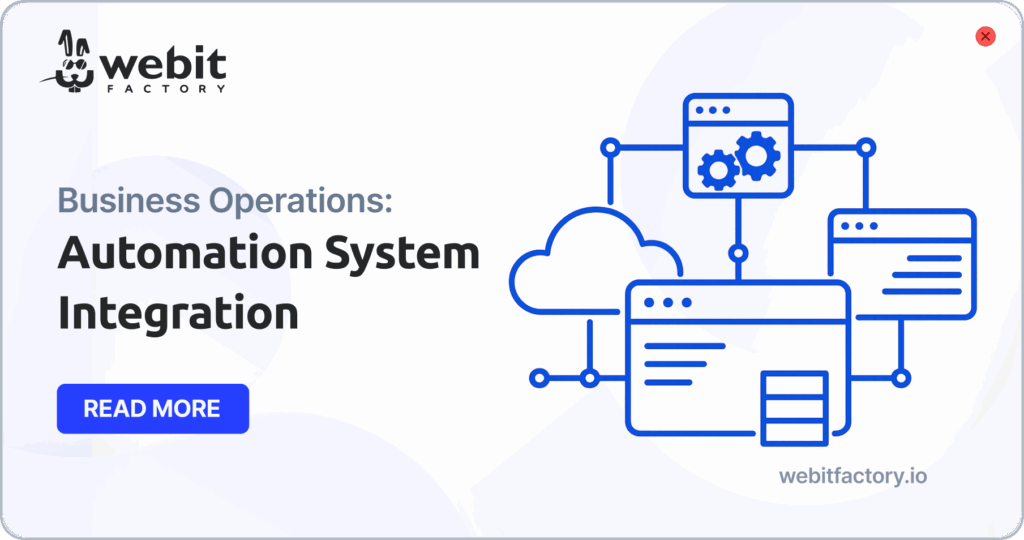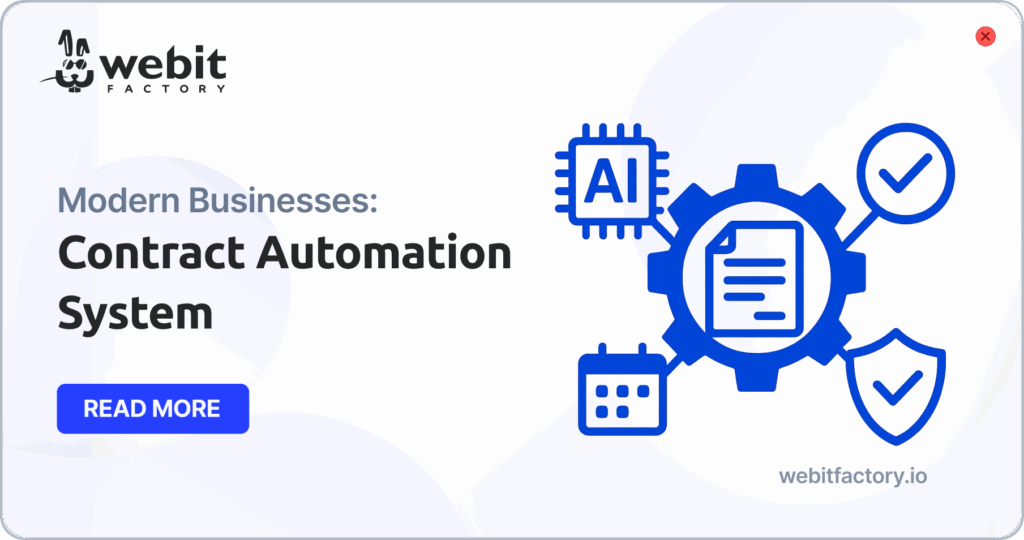IT outstaffing services are becoming a serious alternative for companies stuck in a hiring rut. According to the U.S. Bureau of Labor Statistics, the demand for software developers is projected to grow by 17% from 2023 to 2033, significantly outpacing the average for all occupations.
With global talent shortages and pressure to innovate faster, many teams are rethinking how they build their software development capabilities. Traditional in-house hiring can be costly and slow. On the other hand, remote development options like outstaffing offer flexibility, access to top global talent and faster scaling. In this article, we compare both models to help you find the best fit for your business.
Struggle to Build Software Development Teams?
If you’re trying to scale your software development team, you’re not alone. Most companies are feeling the squeeze.
According to a Deloitte report, the U.S. is heading toward 7.1 million tech jobs by 2034, up from six million in 2023. That means more competition for talent, rising salary expectations and longer hiring times.
This environment puts intense pressure on internal HR departments and slows down product roadmaps. Businesses trying to innovate quickly often find their growth stalled by the limitations of local hiring.
Key challenges include:
- Shortage of senior-level developers
- Long recruitment cycles
- High salaries and benefit costs
- Struggles to retain talent in competitive markets

What Is IT Outstaffing and Why It’s Not the Same as Outsourcing?
IT outstaffing services offer an agile alternative. But let’s clarify one thing: it’s not the same as outsourcing.
With traditional outsourcing, you hand over entire projects to an external vendor. With outstaffing, you hire external developers who work directly under your management, as if they were part of your internal team. They’re employed by the vendor but integrated into your workflows, meetings and tools.
IT outstaffing benefits include:
Full control over development and project management
Flexible team scaling based on project needs
Fast access to specific tech skills without local hiring delays
This model combines the best of both worlds: external flexibility with internal control.
The Pros and Cons of IT Outstaffing Services and In-House Models
Choosing between IT outstaffing services and in-house teams depends on your goals, budget and growth stage. Each model has its own strengths and challenges.
Pros of IT Outstaffing Services
- Cost-effective: Lower overhead, no long-term employment contracts
- Scalable: Add or reduce resources quickly
- Global talent access: Hire top developers regardless of location
Cons of IT Outstaffing Services
- Time zone differences: May impact real-time communication
- Onboarding: Integration with company culture and processes may take time
Pros of In-House Development
- Easier communication: Same time zone, physical proximity
- Cultural alignment: Employees are immersed in your company mission
Cons of In-House Development
- Expensive: Higher costs for salaries, infrastructure, and benefits
- Slow to scale: Hiring takes months, especially in competitive markets
(Source: Deloitte – Tech Talent Report)
How to Choose the Best Software Development Team Model
Not sure which route to take? Here’s how to think it through:
Evaluate Your Project Scope and Timeline:
If you need to scale quickly or handle temporary workloads, IT outstaffing services offer flexibility that in-house teams can’t match.
Understand Your Budget:
Outstaffing can significantly lower costs, especially when hiring from tech hubs in Eastern Europe or South America.
Consider Your Company Culture:
Do you need everyone in-house for tighter collaboration, or can you run a remote-first team?
Weigh the Risks:
In-house teams offer control, but outstaffing vendors often provide built-in security, legal compliance and NDAs.
Case Study of Outstaffing Services Helping a Startup

A fast-growing fintech startup based in Berlin needed to double its development capacity in under three months. Local hiring was too slow, and recruitment costs were climbing fast. They partnered with a Ukrainian IT outstaffing agency and onboarded six experienced developers in just four weeks.
The result? They launched two major product updates ahead of schedule and reduced development costs by 35%.
(Source: Case study published by Forbes Tech Council)
Deciding between IT outstaffing services and in-house development isn’t about choosing the “better” model. It’s about finding what fits your needs, your growth stage and your budget. Outstaffing offers flexibility, speed and access to talent you may not find locally. In-house teams give you deep integration and cultural consistency.
Want to develop a software?
Related Articles

Web3 dApps Are Redefining Digital Experiences in 2025
Discover how Web3 dApps are transforming digital experiences in 2025, blending AI, mobile‑first UX, and smart contracts for real-world impact.

Automation system integration for modern business operations
Discover how automation system integration enhances efficiency, cuts costs, and transforms modern business operations for lasting impact.

Contract automation system benefits companies
Discover how a contract automation system benefits companies by improving efficiency, cutting costs, and reducing risks.
